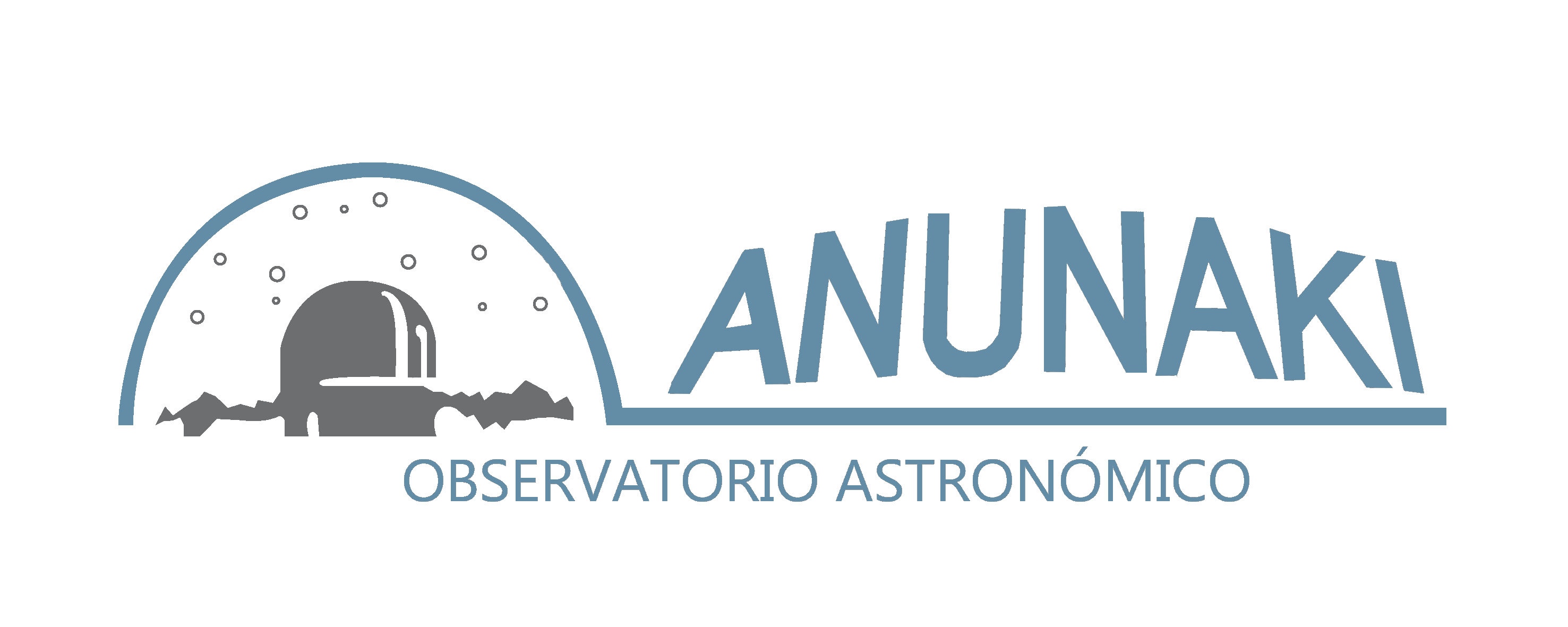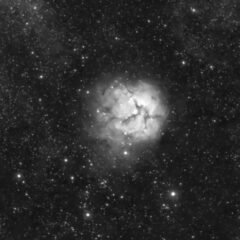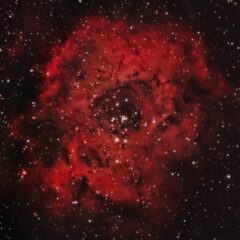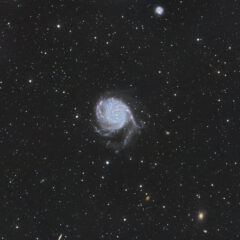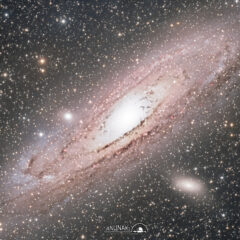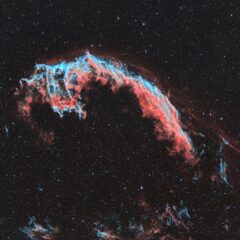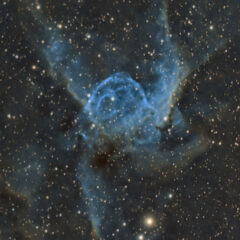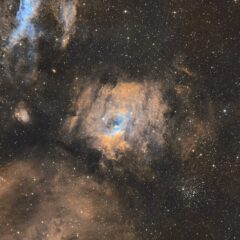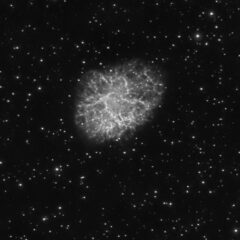
M1 Crab Nebula
The Crab Nebula (also called M1, NGC 1952, Taurus A and Taurus X-1) is a plerion-type supernova remnant. It is the remnant of supernova SN 1054, observed and documented as a star visible in daylight by Chinese and Arab astronomers Continue Reading
